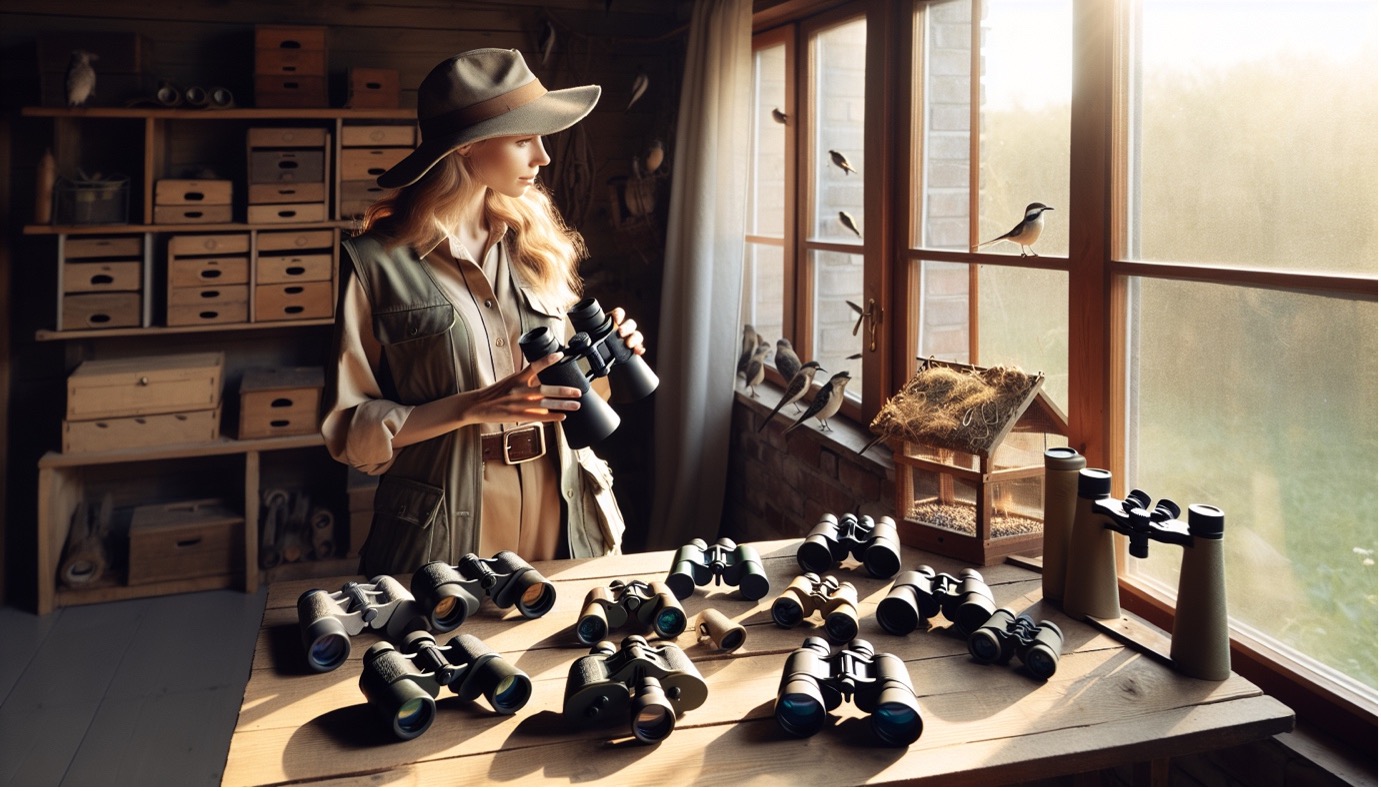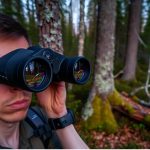Birdwatching, with its vibrant colors and melodic songs, is a feast for the senses. But capturing the fleeting moments of this natural symphony can be challenging without the right tools. Finding the best binoculars for birdwatching is like finding a key that unlocks the full spectacle of the avian world.
Snapshot of Top Birdwatching Binoculars
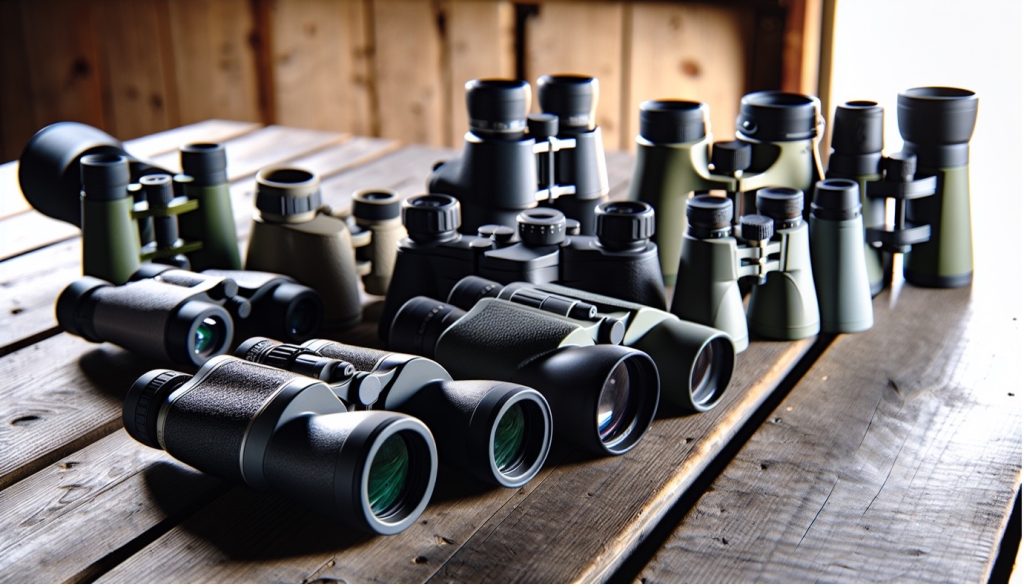
As you venture into birdwatching, allow us to present some of the best binoculars that can enrich your journey. Among most binoculars, here are our top picks:
Best Overall Quality: Zeiss Victory SF 8×42 Binoculars
⇣ Jump to ReviewBest for Mid-Range: Nikon Monarch M5 8×42 Binoculars
⇣ Jump to ReviewBest Value for Money: Vortex Viper HD 10×42 Binoculars
⇣ Jump to ReviewBest for Rugged Use: Nikon Action Extreme ATB 7×35 Binoculars
⇣ Jump to ReviewBest for Beginners: Nikon Monarch 8×42 Binoculars
⇣ Jump to ReviewZeiss Victory SF 8×42 Binoculars – Best Overall Quality
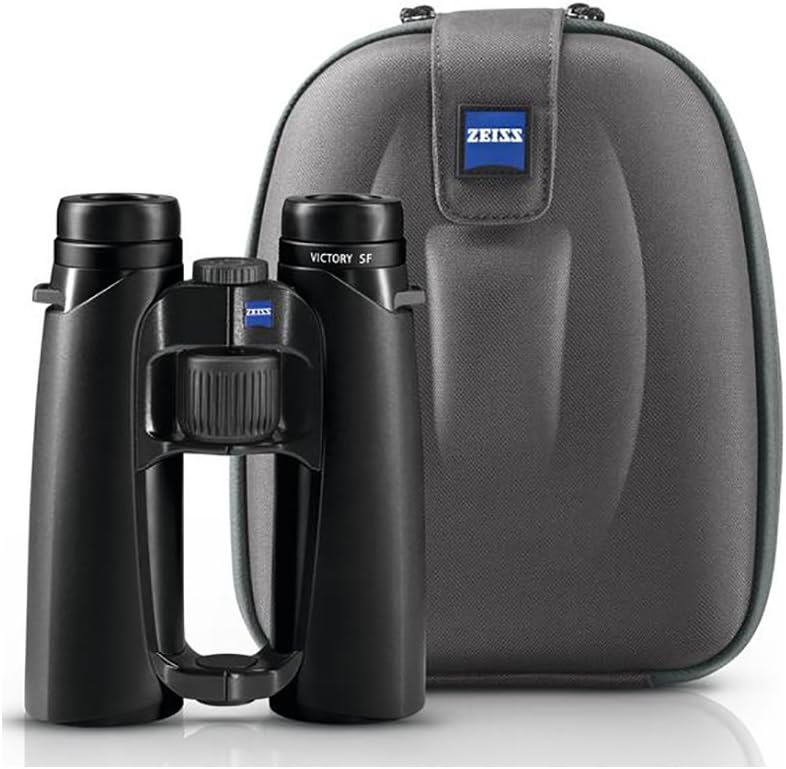
Magnification: 8x | Objective Lens Diameter: 42mm | Eye Relief: 18mm | Weight: 27.8 oz (790g)
The Zeiss Victory SF 8×42 zoom binoculars could be considered the Rolls Royce of birdwatching binoculars. The moment you look through them, you’ll quickly understand why they’re considered the best in class. The image quality is breathtaking. Every detail pops out with clarity and color accuracy, giving you a ‘picture window view’ that’s hard to match.
But it’s not just the optics that make these binoculars stand out. The sleek design and comfortable handling make holding them a joy, not a chore. Plus, they’re backed by an excellent warranty, so you know you’re making a long-term investment.
What We Like
- Wide, sharp, and brilliant picture window view
- Innovative handling and superb eyepiece comfort
- High transmissivity and Zeiss’ T* coatings for a bright view
- Waterproof and nitrogen purged for durability
What We Don’t Like
- Rolling ball effect when panning
- Relatively expensive
Nikon Monarch M5 8×42 – Best Mid-Range Option
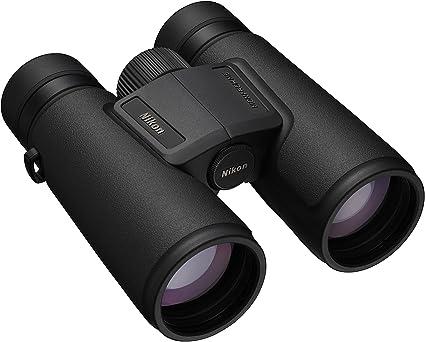
Magnification: 8x | Objective Lens Diameter: 42mm | Eye Relief: 19.5mm | Field of View: 367 feet at 1,000 yards | Weight: 630g
The Nikon Monarch M5 8×42 Binoculars can be likened to a trusted mid-range sedan, offering a balance of performance and affordability. They don’t cost an arm and a leg, yet they deliver performance that rivals much more expensive models. The roof prism optics are top-notch, providing clear and detailed views that truly make bird watching a joy.
What really caught my attention is the Extra-Low Dispersion glass. This feature, usually found in more expensive birding binoculars, enhances the overall image quality, giving you clearer and sharper views. I would highly recommend the Nikon Monarch M5 8×42 Binoculars to anyone who’s on a limited budget but still wants a high-quality birdwatching experience.
What We Like
- High-quality optics
- Durable and ergonomic design
- Clear and detailed views
What We Don’t Like
- Narrower field of view
Vortex Viper HD 10×42 Binoculars – Best Value For Money
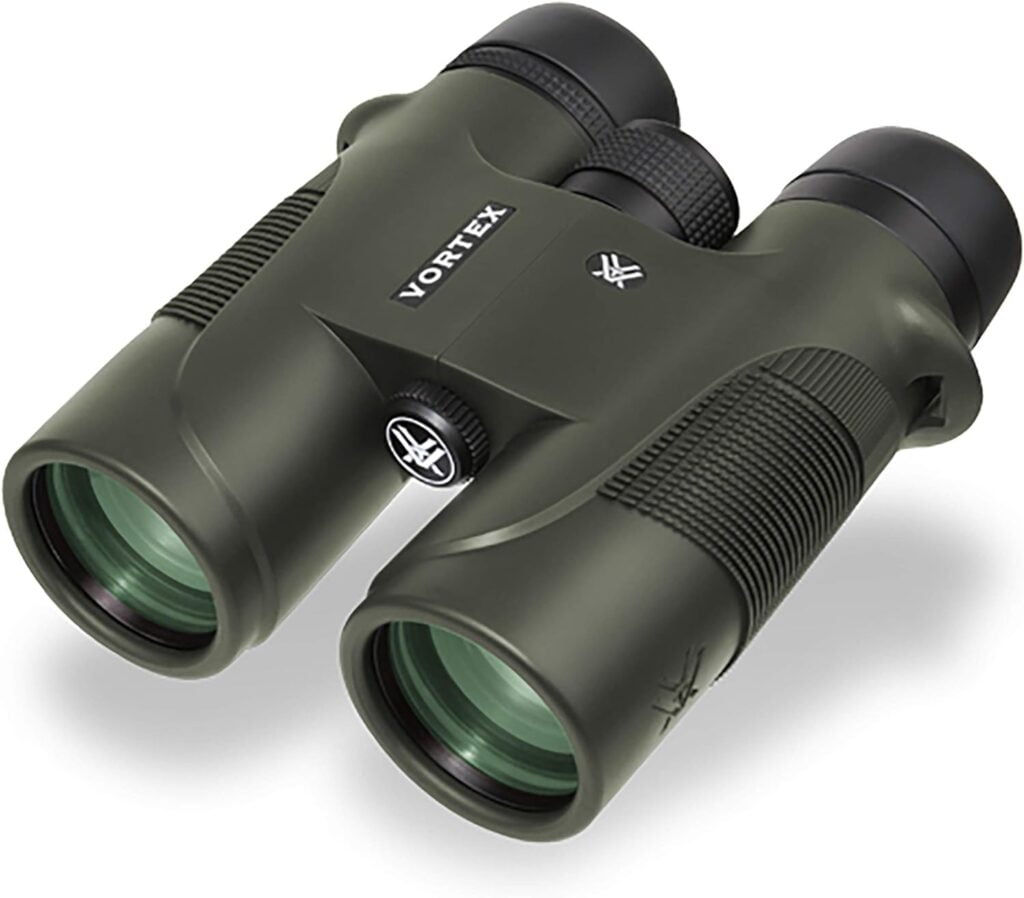
Magnification: 10x | Objective Lens Diameter: 42mm | Eye Relief: 17mm | Field of View: 341 feet at 1,000 yards | Weight: 710g
The Vortex Viper HD Binoculars could be considered a dream come true for a savvy shopper. They offer excellent optical performance at a price that won’t break the bank. In fact, they outperform many other optics that are twice their price, making them an excellent value for birdwatchers.
The images are bright and clear, thanks to the Extra-Low Dispersion glass and fully multi-coated lenses. The dielectric prism coatings enhance light transmission, resulting in sharper and brighter images even in low light conditions. The Vortex Viper HD Binoculars, a great example of porro prism binoculars, are a perfect choice for those who want to enjoy birdwatching without spending a fortune. For those who prefer a more compact option, roof prism binoculars are also available in the market.
What We Like
- Bright and clear images
- Extra-Low Dispersion glass
- Fully multi-coated lenses
- Dielectric prism coatings enhancing light transmission
What We Don’t Like
- Heavier pair of binoculars
Nikon Action Extreme 7×35 ATB Binoculars – Best For Rugged Use
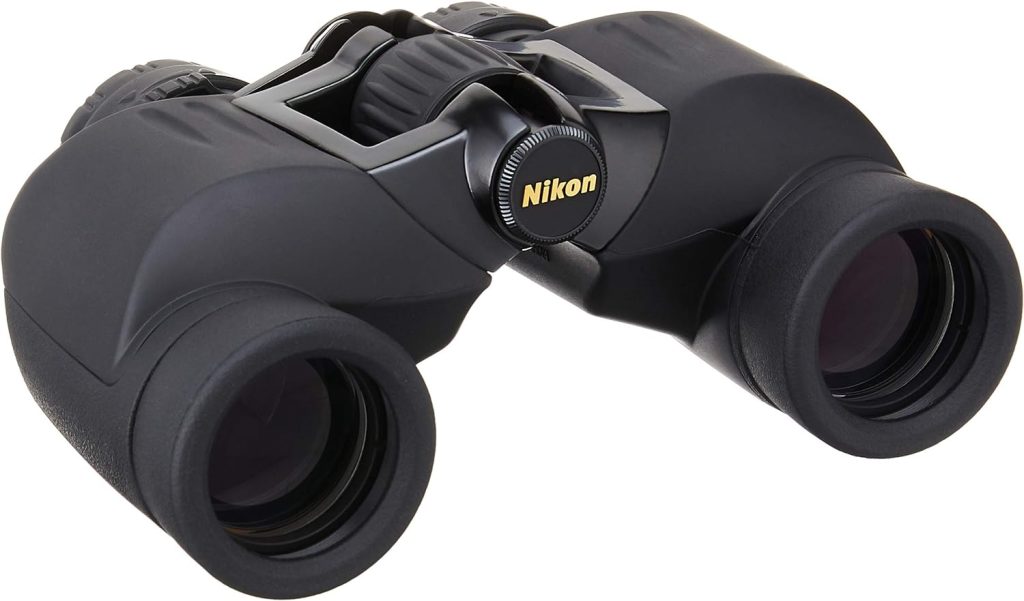
Magnification: 7x | Objective Lens Diameter: 35mm | Eye Relief: 18mm | Field of View: 489 feet at 1,000 yards
The Nikon Action Extreme 7×35 ATB Binoculars could be compared to a sturdy 4×4, designed for rugged usage in the birdwatching world. They are built to withstand rugged use and challenging conditions, making them the perfect companion for outdoor adventurers.
One of the standout features is the thick rubber armor. This provides a protective layer that absorbs shocks and impacts, ensuring your binoculars can survive the occasional drop or bump. Plus, the binoculars are o-ring sealed and purged with dry nitrogen gas, making them water- and fog-proof. They also have multi-layer coatings on the lenses and prisms for high light transmission, ensuring a clear view even in less-than-ideal light conditions.
What We Like
- Thick rubber armor for wet weather resistance
- 100% water- and fog-proofing
- High light transmission
- Large centrally located focus wheel moves smoothly
- Twist-up eyecups provide a comfortable viewing experience
- Wide field of view and impressive depth of field
What We Don’t Like
- None specified
Nikon Monarch 8×42 Binoculars – Best for Beginners

Magnification: 10x | Objective Lens Diameter: 42mm | Eye Relief: 16mm | Field of View: 326 feet at 1,000 yards | Weight: 24.5oz
The Nikon Monarch’s can be seen as a reliable starter kit for beginners embarking on their birdwatching journey. They offer a perfect balance of quality, performance, and affordability, making them an ideal pair for beginners.
The solid and robust functionality, ease of operation, and excellent image quality make these compact binoculars a joy to use. Plus, their reputation for durability and reliability is an attractive feature for those just starting out with birdwatching or other outdoor activities. For beginners, the Nikon Monarch’s are a safe bet.
What We Like
- Solid and robust functionality
- Ease of operation
- Excellent image quality
What We Don’t Like
- Narrower field of view
Essential Features for Birdwatching Binoculars
Selecting the ideal pair of binoculars for birdwatching can be compared to finding the perfect pair of shoes. It all depends on your personal preferences and intended use.
1) Magnification
When it comes to magnification, 7x, 8x, and 10x are ideal for bird watching. If you’re watching birds in open areas, a higher magnification like 10x would be beneficial. But for general or close-distance birding, an 8x magnification is preferable due to its better image stability and wider field of view.
2) Field of View
A wide field of view, usually 6-7 degrees or greater, is also advantageous. This allows you to quickly locate and track swift-moving birds, thereby improving your bird watching experience.
3) Optics and Lens Coating
The role of optics and coatings in the optical quality and performance of your binoculars is significant. Just as the engine and paint job determine a car’s performance and aesthetics, optics and coatings define the efficiency and visual appeal of your binoculars.
The three primary components of binoculars’ optics are the ocular lenses, the objective lenses, and the prism. Multi-coated lenses and phase-corrected prisms are essential for birdwatching binoculars as they increase light transmission, resulting in sharper and brighter images.
A good pair of binoculars will have multi-coated lenses, which means that multiple layers of coating have been applied to the lens surfaces to reduce reflection and maximize light transmission. This leads to brighter, clearer images with higher contrast and more accurate colors.
Phase-corrected prisms, on the other hand, correct the phase shift that occurs as light waves are split into two paths when they enter the prism. This results in improved contrast and resolution, giving you a more detailed and sharper image.
4) Weight
The weight of binoculars has a significant impact on comfort and handling during extended use. While heavier binoculars can provide stability and reduce shake, they can also cause fatigue and discomfort over time. It’s important to find the optimal balance between weight and stability for comfortable use over extended periods.
5) Eye Relief
Eye relief is another important factor. It’s the distance between your eye and the lens, and it affects both image quality and comfort. Short eye relief can lead to shadows or a limited view, whereas longer eye relief is preferable for those who wear glasses.
Ergonomic design features like open-bridge construction and twist-up eyecups can also contribute to comfort and ease of use. Open-bridge construction reduces overall weight, improves grip, and enhances portability. Twist-up eyecups allow you to customize the eye relief, providing an optimal distance between the lens and the eye.
Summary
From our guide, it’s clear that choosing the right binoculars for bird watching isn’t just about the price or the brand. It’s about understanding your needs and preferences, and considering factors like image quality, magnification, field of view, comfort, and durability.
Whether you’re a seasoned bird watcher or a beginner, whether you prefer birdwatching in challenging conditions or in more relaxed settings, there’s a perfect pair of binoculars out there for you. And with this guide, you’re now well-equipped to find that perfect pair.
Frequently Asked Questions
What magnification binoculars is best for birdwatching?
For general birding, experts recommend binoculars with a magnification level between 7x and 10x, most commonly 8x or 8.5x for a compromise between power and stability. A 7×42 binocular magnifies objects seven times, while a 10×50 binocular magnifies objects ten times.
Is 8×42 or 10×42 better for birding?
For birding, 8×42 or 8×32 binoculars offer the optimal combination of field of view and magnification power, and are the preferred choice among manufacturers. 10×42 binoculars are sometimes used, but for the best experience 8x is recommended.
What is a good pair of binoculars for the money?
For a great binoculars experience without breaking the bank, the Maven C.1 842, Vortex Triumph HD 1042, Burris Droptine HD, Nikon Monarch M5 842, Nikon Prostaff P3 1042, Athlon Argos G2 UHD 1042, Leupold Alpine HD 1042, and Hawke Vantage 832 are some of the best options available on the market.
What is the significance of having a wide field of view in bird watching binoculars?
Having a wide field of view in bird watching binoculars is beneficial as it helps birders locate and track swift-moving birds, thereby improving the birdwatching experience.
What factors should be taken into consideration when selecting the ideal binoculars for bird watching?
When selecting the ideal binoculars for birdwatching, personal preferences and intended use should be taken into account, as well as selecting a pair that is most suitable for the birding location and species. This will ensure comfort and effectiveness.

